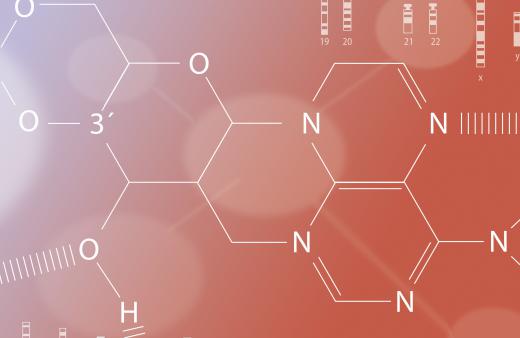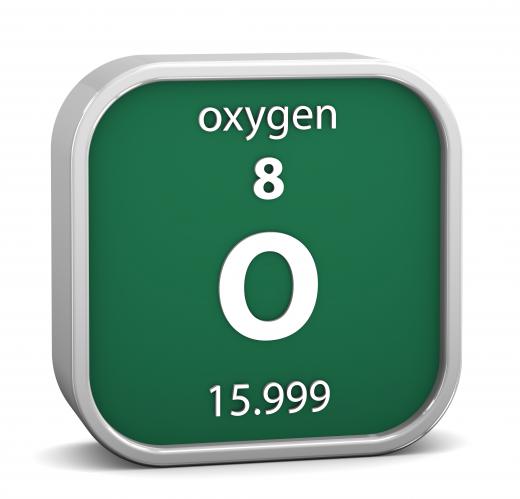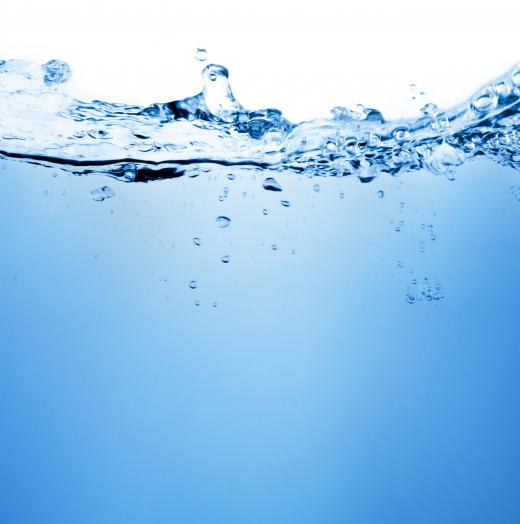What are Chemical Compounds?
Chemical compounds represent a substance that consists of two or more bonded elements. The elements bond in a fixed ratio to create a particular compound. The ratio and the types of elements that make it up determine its physical and chemical properties. By combining to form compounds, elements become more stable.
Chemists represent chemical compounds using a variety of formulas that describe the types of elements that make it up. For example, in a molecular formula, the elements that make up the compound are listed, including the ratio in which each element appears. "Na," which is the elemental symbol for sodium, and "Cl," which is the elemental symbol for chlorine, combine to form "NaCl," which stands for sodium chloride or table salt.
More complex compounds require a more complex formula. For example, water is represented by H2O, meaning two parts hydrogen per one part oxygen. Other formulas reveal some of the structural information for the compounds.

Chemical compounds differ from simple mixtures of elements due to their physical and chemical properties. The properties of a mixture are more similar to the elements that make up the mixture, but the properties of a compound rarely mimic the contributing elements because, to create a compound, a chemical reaction must take place, resulting in a chemical change. Once a compound is created, breaking it down often requires the addition of energy, such as heat, while breaking down mixtures often only requires a simple filtering process. Some substances exhibit the properties of both compounds and mixtures.

Similar to elements, chemical compounds can exist in different phases. Solid is the most common, although certain compounds are only in the solid phase at extremely low temperatures. Depending on temperature and pressure, some can exist as liquids, gases, and plasmas as well. As heat is applied, they typically begin decomposing into smaller compounds or individual elements.

Each chemical compound is tracked by the American Chemical Society's Chemical Abstracts Service, sometimes called the CAS. Compounds receive a unique identifying number, called a CAS registry number. The CAS tracks tens of millions of unique substances, and thousands of new ones are added daily. Development of the registry dates back to 1957.
AS FEATURED ON:
AS FEATURED ON:














Discussion Comments
@ GiraffeEars- Learning how to write molecular chemical compounds is luckily much easier than writing ionic compounds. There are fewer rules that you need to follow, and you only need to memorize the Greek numeric prefixes.
You base the order of the molecules on their place in the periodic table of elements. You name elements to the left and higher in the table first.
Once you have them in order, you place Greek prefixes in front of the elemental name to correspond with the number of atoms in the molecule. Here's an example: CCl(subscript)4 is carbon tetrachloride. Carbon comes first on the periodic table, and there are four (tetra) chlorine atoms in the compound.
@ GiraffeEars- Chemical compound naming often gives people fits. Some naming follows a set of rules while others you simply need to memorize. I always found naming ionic compounds and polyatomic ions the most difficult.
When naming ionic compounds the cation is always named first, followed by the anion. When writing the ionic compound formulas, polyatomic ions are always written in parenthesis. Binary compounds are a little more complex, requiring a roman numeral in parenthesis to tell the charge of the cation (not the number of cations). Example, copper (II) has a charge of 2+ while copper (I) has a charge of 1+.
Naming polyatomic ions containing oxygen is harder. Anions with the highest number of oxygen atoms has the -ate suffix attached, while anions with the same atoms, but fewer oxygen atoms have an -ite suffix attached. Unfortunately, knowing which polyatomic ion is the -ate ion must be memorized.
I always have trouble writing chemical compounds. I often get the names wrong, and costing me points on my chemistry lab reports. I am confident in naming cations and anions since cations are called by their elemental name plus the word ion, and anions have the suffix -ide attached to the elemental name.
Where I run into trouble is naming the polyatomic ions binary ionic compounds, and molecular compounds. Can someone give me the rules for naming these chemical compounds?
Post your comments